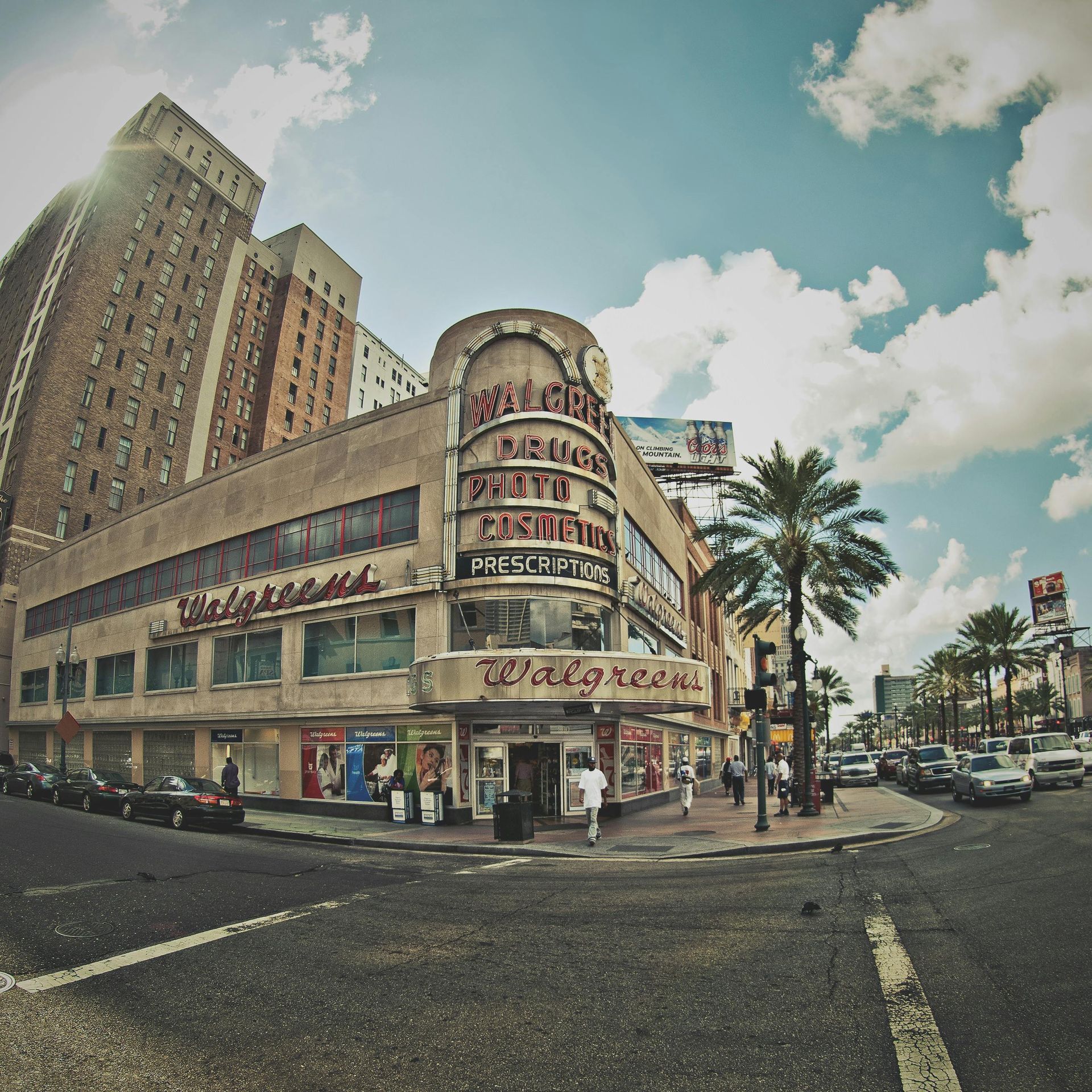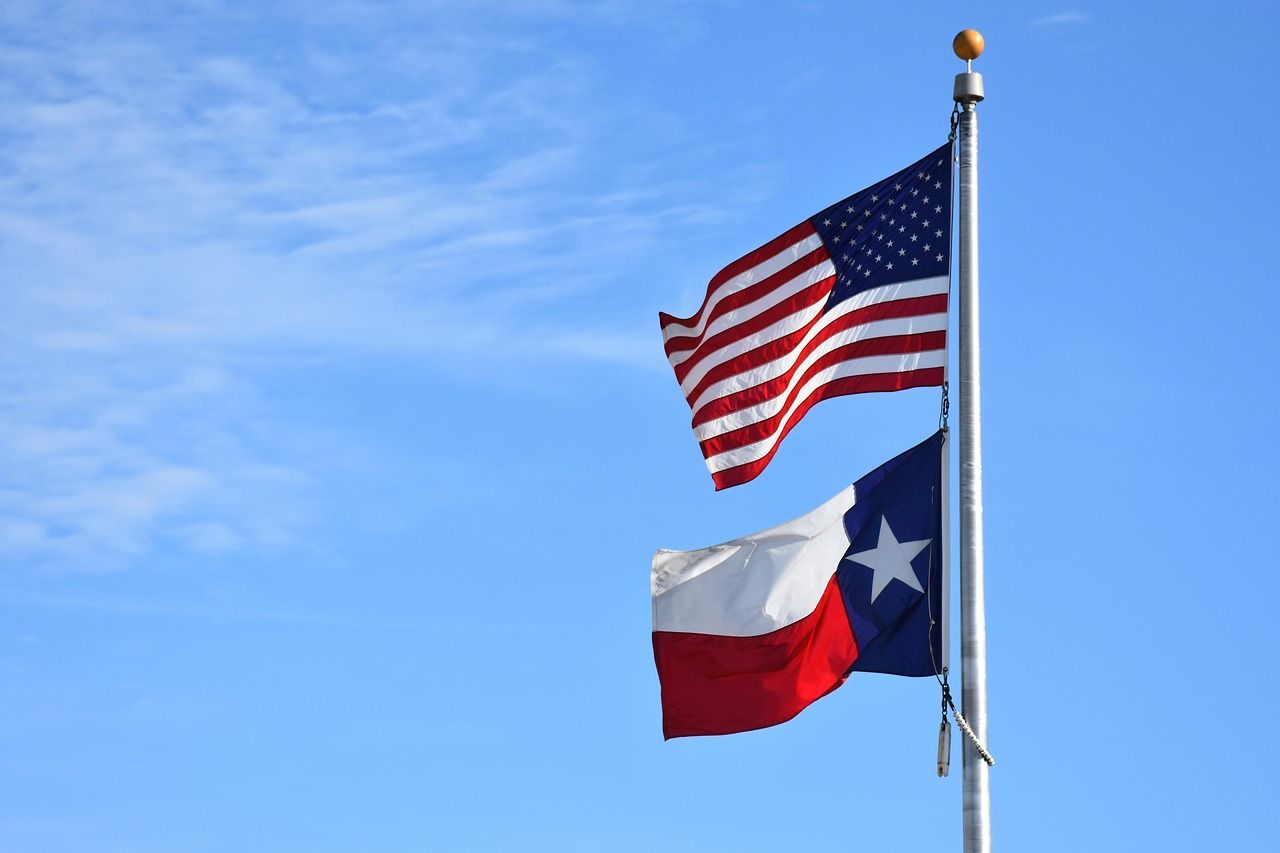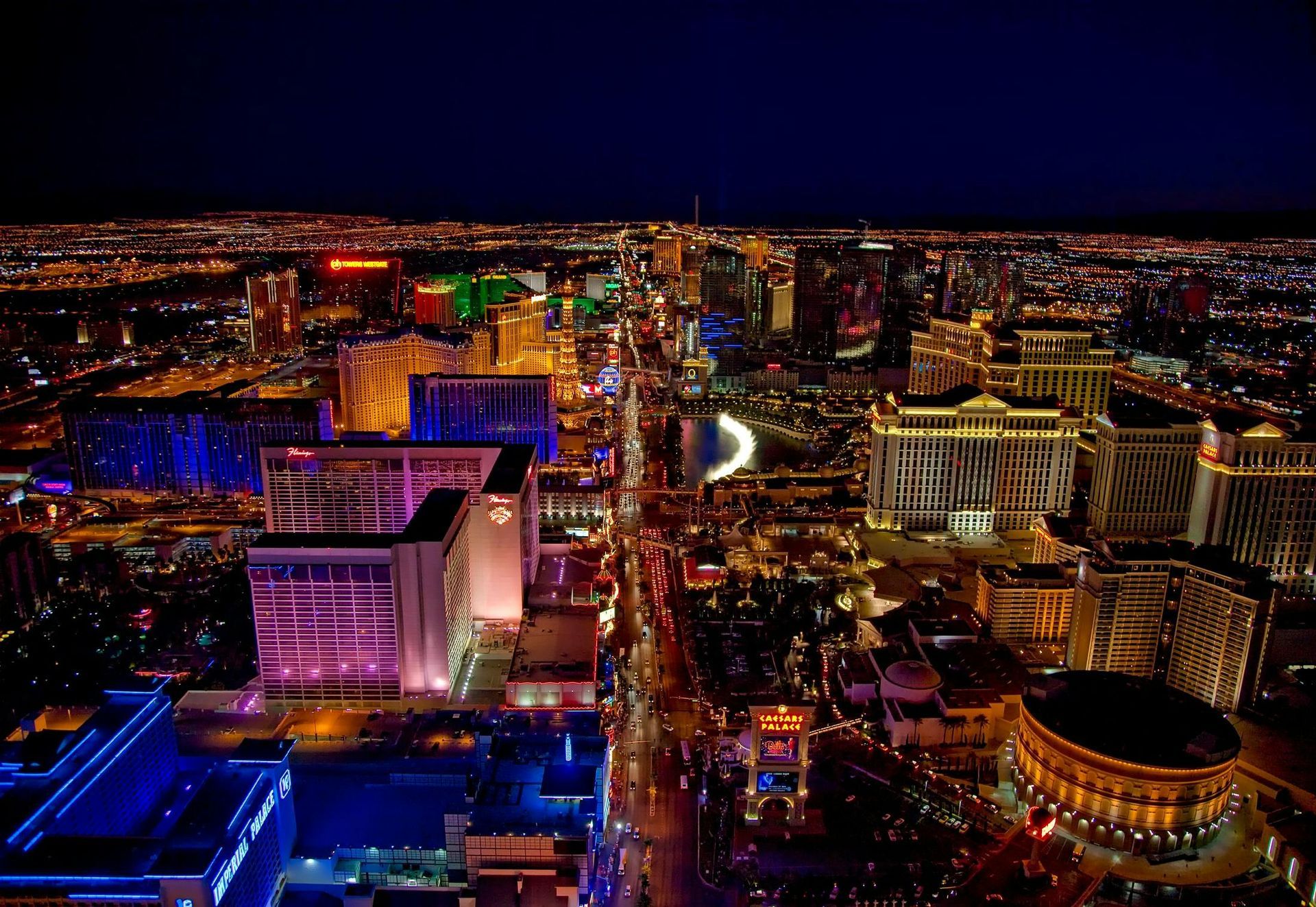A road trip from Mount Rushmore to Yellowstone National Park takes you between two of the most stunning locations in the United States.
From a monument dedicated to the evolution of America to its original national park, it will be a trip all about taking in the history and rugged beauty of the country.
A once in a lifetime journey for most, you will get to experience a part of the country most only see from a plane is they fly past. That means you will want to be sure you don’t miss any of the top attractions on or near your route between the two.
So, if you’re planning a road trip from Mount Rushmore to Yellowstone National Park and want to get a few pointers to ensure your trip is a success, read on to find out what awaits you on the open road.
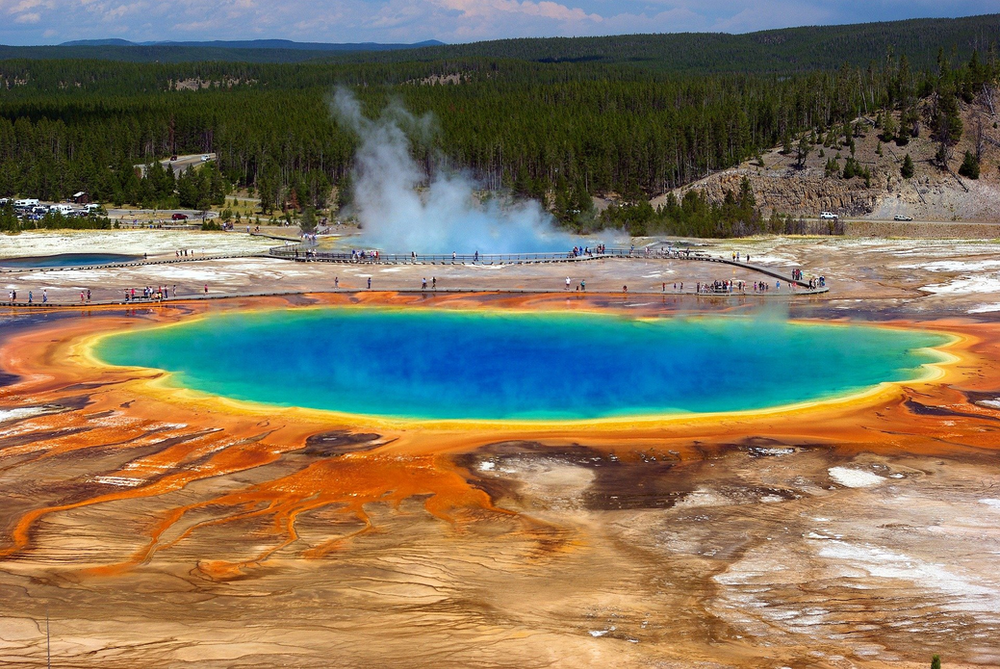
Best Route For A Road Trip From Mount Rushmore To Yellowstone National Park: How Far Is It & How Long Will It Take To Get There?
A road trip from Mount Rushmore to Yellowstone National Park covers at least 415 miles, taking you from western South Dakota almost the entire way across Wyoming. The journey will take a minimum of 7 and ½ hours without stopping for gas, supplies, or just to see the sights.
Despite its incredible length, the route for a road trip from Mount Rushmore to Yellowstone National Park is actually pretty straightforward.
You begin by picking up US Route 16 in the town of Custer and taking it west. Eventually it will merge with I-90 in Moorcroft, which you’ll continue following west until you reach Buffalo.
From here you have two choices: the most direct and the most straightforward. Despite covering slightly more distance, the latter is easier to follow and uses faster roads that get you there in almost exactly the same time, so that’s the one we are going to use.
Continue north on I-90 until you reach Ranchester, where you’ll take US 14 west all the way to Yellowstone National Park.

Best Place To Stop On A Road Trip From Mount Rushmore To Yellowstone National Park
Whether because they want to take their time enjoying the sights or simply because 7 and ½ hours driving in a day is too much, there will understandably be those who want to break a road trip from Mount Rushmore to Yellowstone National Park up into multiple days.
For anyone considering doing so, I would recommend Buffalo, Wyoming as the place to do so. For starters, at almost exactly the halfway point of the journey, it leaves both sections of driving at a manageable length.
Nestled in the foothills of the Bighorn Mountains, this picturesque location is a perfect example of the natural beauty of smalltown America in the wild west.
The town’s most well-known attraction is the Jim Gatchell Memorial Museum. Located in an early 1900’s Carnegie Public Library building, it focuses on the frontier history of Johnson County, where the town is located.
Exhibits show life and historic events along the Bozeman Trail, such as the Johnson County War, the siege at the TA ranch, and the wagon box fight. There are numerous artefacts displayed, such as Native American relics, ranching gear, and historic weapons and household items.
A large photo shows the Buffalo Main Street from 1894, while a traditional log cabin truly helps bring the towns history to life.
Just outside the town, you also have Dry Creek Petrified Forest. A walking track that runs for just under a mile, ecological markers teach you about the petrified remains of the trees, while a partially excavated tree is also present to show you the extent of the process on the trunk.
Best Hotel To Stay At In Buffalo, Wyoming – The Historic Occidental Hotel
Located just off Main Street, near the museum, The Historic Occidental Hotel was first opened in 1880. Featuring a stately, old west style from the time it was built, its unique décor includes genuine bullet holes from wild west shoot outs that have taken place here.
The rooms also feature historic furniture, however, boast an elegant style, with beautiful views helping you to feel like you’re truly in a luxurious establishment, despite its incredibly affordable price tag.
With on-site facilities that include a saloon, sitting area with fireplace, gift shop, and two restaurants, you can truly immerse yourself in the history of your wild west setting throughout your stay at The Historic Occidental Hotel.
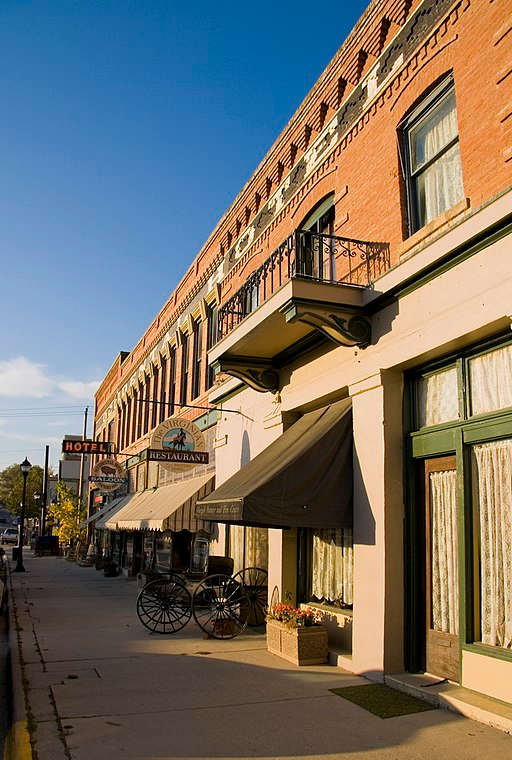
Best Time For A Road Trip From Mount Rushmore To Yellowstone National Park
The best time for a road trip from Mount Rushmore to Yellowstone National Park is between June and August. This time of year features the warmest temperatures, allowing you to enjoy your trip, without constantly worrying about trying to stay warm.
It also avoids the risk of any roads or parts of the park being closed off, both of which are very likely due to the harsh weathers and remote location of this part of the country.
Top Attractions On A Road Trip From Mount Rushmore To Yellowstone National Park
A road trip from Mount Rushmore to Yellowstone National Park takes you past a number of incredible sights and attractions. While some of these locations may require a slight detour from your route, none are that far out of the way.
I would highly recommend you make the most of the time you have and see as many of these as possible throughout your journey.
Wind Cave National Park
Known for its distinctive boxwork formations, Wind Cave is one of the longest caves in the world.
The name comes from the wind that occurs in the cave as air pressure changes. Meanwhile, the section of Wind Cave National Park located above ground features sprawling forests and prairies that are home to animals like bison, cougars, elk, ferrets, and prairie dogs.
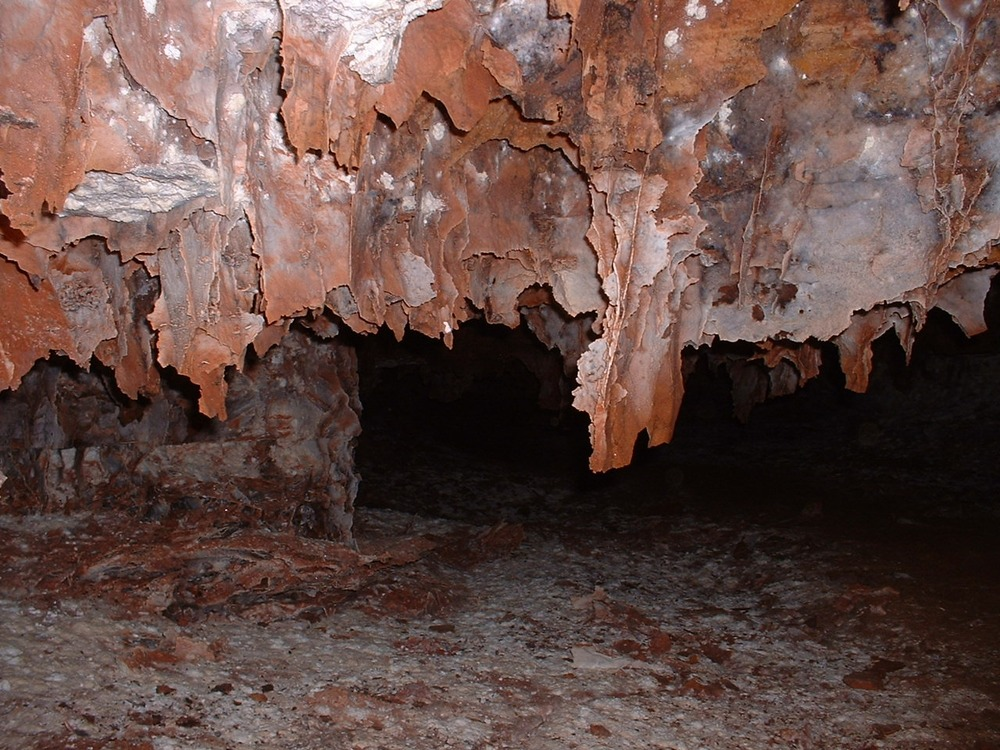
Mount Rushmore
Constructed between 1927 and 1941, Mount Rushmore is one of the most iconic landmarks in the United States.
Depicting 4 former presidents, George Washington, Thomas Jefferson, Theodore Roosevelt, and Abraham Lincoln, it stands 60 foot high and represents the birth, growth, development, and preservation of America.
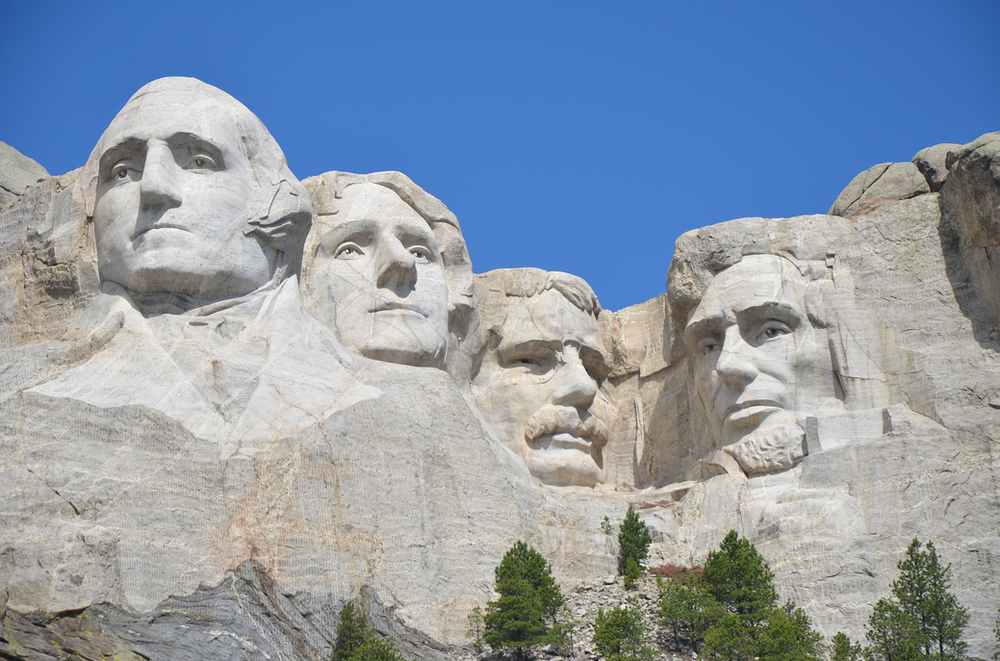
Crazy Horse Monument
A memorial to the legendary Lakota war chief Crazy Horse, this under construction memorial will be the second tallest statue in the world upon competition.
Designed as the Native American alternative to Mount Rushmore, its head will be almost 50% larger than those of the former presidents.
Visitors can take a free piece of the mountain with them from their visit, providing a unique souvenir and helping the locals to avoid adding costs to the construction.
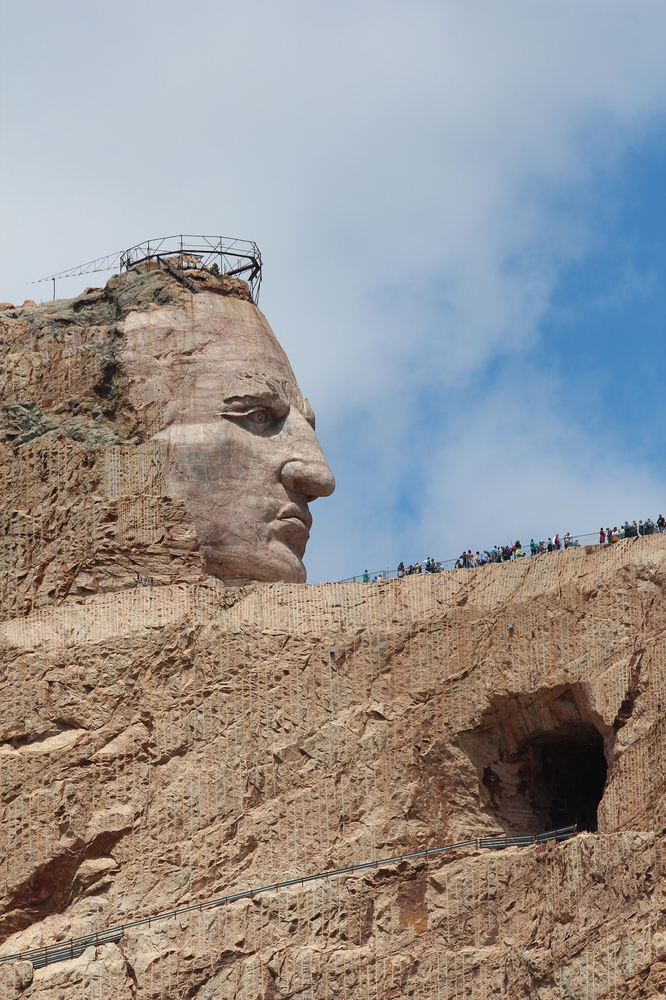
Bear Country USA
An incredible drive-through wildlife park, where you can see the wildlife of South Dakota up close. Black bears, buffalo, elk, mountain lions, reindeer, and a whole host of other animals and birds roam freely throughout the park.
Nature lovers should take the opportunity to see an animal you may never get the chance to again, while photographers will be blown away by the incredible opportunities that await them here.
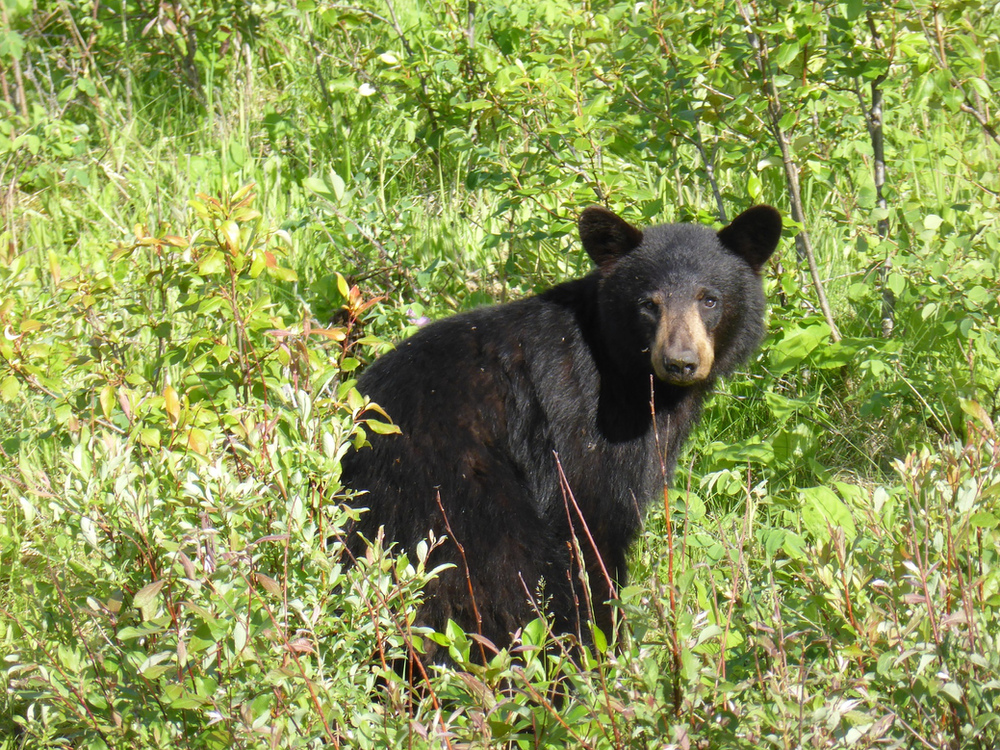
Rapid City
The second most populous city in South Dakota, Rapid City is a destination filled with history and culture.
From the legendary monuments, parks and towns surrounding it, to a fabulous collection of museums and attractions of its own, it is a great place to enjoy this unique part of the world, with a slightly more “big city” feel than you will find on the rest of the trip.
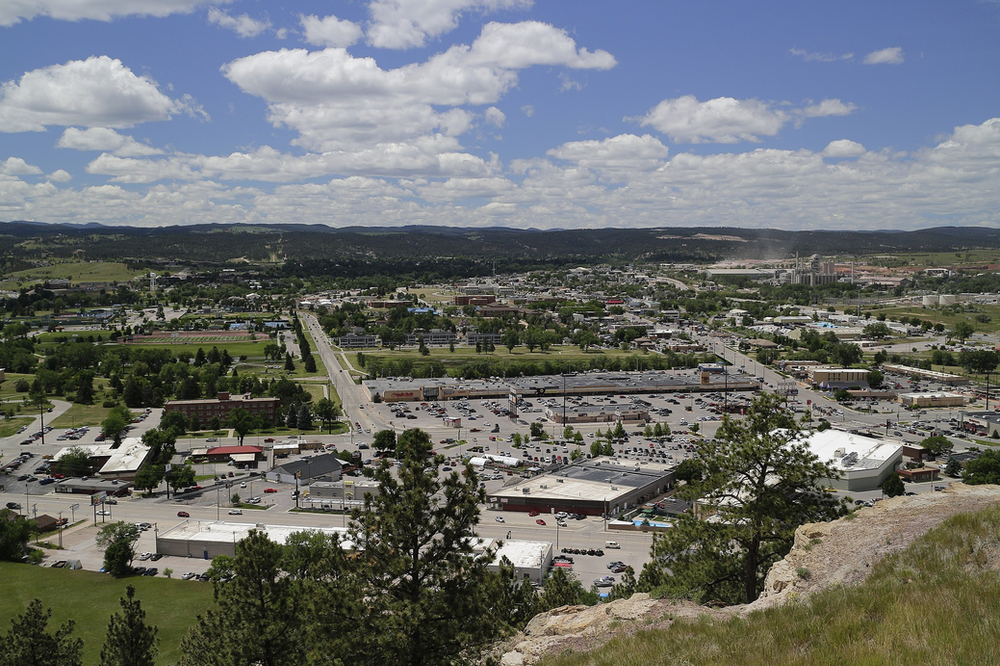
Sturgis
Named after Union Civil War General Samuel D. Sturgis, Sturgis is the site of the largest annual motorcycle rally in the world each August.
Founded in 1938, the Sturgis Motorcycle Rally draws more than 500,000 people to the town each year. Featuring live music, entertainment, local produce, and organised rides through the Black Hills, it is truly a wild west experience to remember.
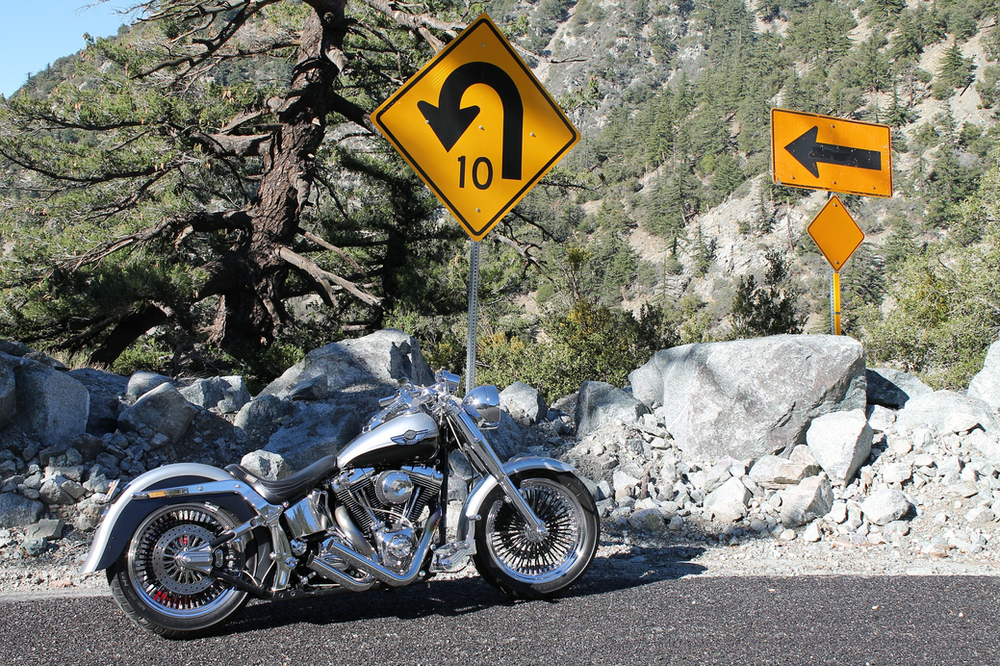
Deadwood
The second oldest “Old West” town still in existence in America (behind Tombstone, Arizona).
An important city during the Black Hills Gold Rush, visitors can transport themselves back in time. Historical markers litter the town, giving facts about legendary residents like Wyatt Earp, Wild Bill Hickok, and Calamity Jane on the very spots that the events took place.
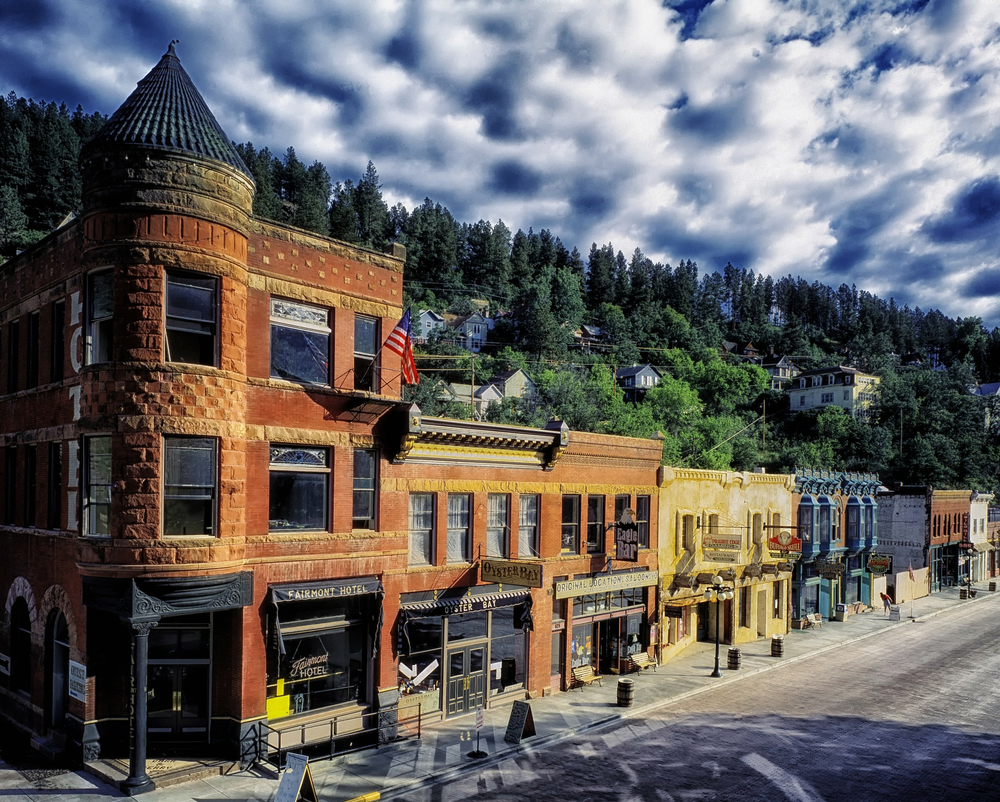
Black Hills National Forest
Covering 1.25 million acres, Black Hills National Forest is a stunning wilderness of pine trees and stunning mountains.
Scenic roads and hiking trails will take you through some of the most breathtaking scenery in America. Incredible vistas and abundant wildlife make the black hills the perfect place to appreciate the natural beauty of the country.
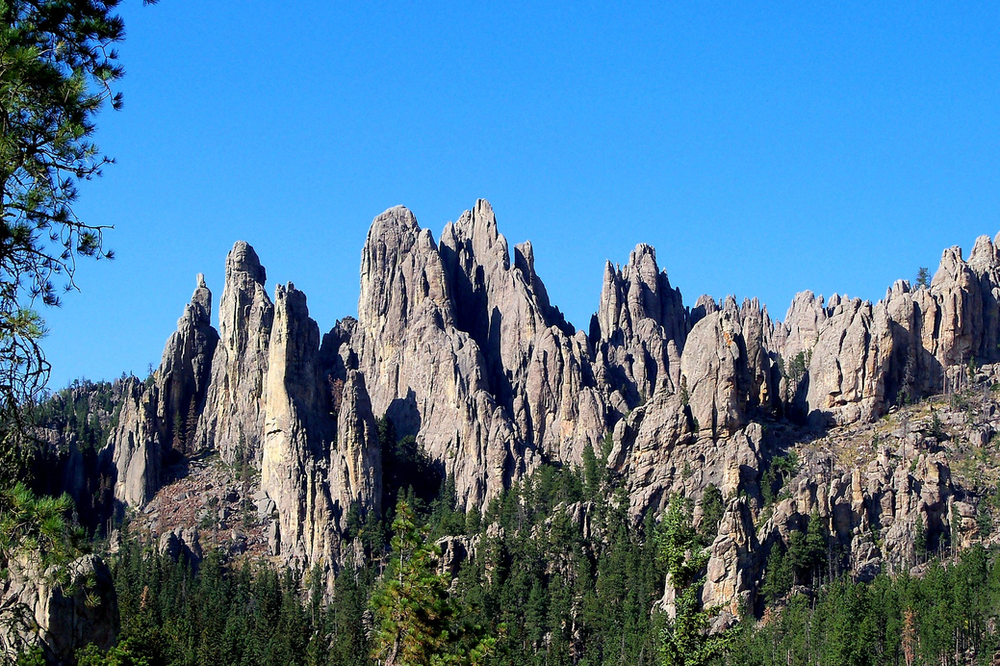
Devils Tower
The Devils Tower is one of the most iconic buttes in the world. Standing 867 feet tall, the Devils Tower was the first United States National Monument, first designated in September 1906 by President Theodore Roosevelt.
Present in numerous Native American legends, as well as movies and works of art, it is a unique attraction you simply can’t miss when travelling through this part of the world.
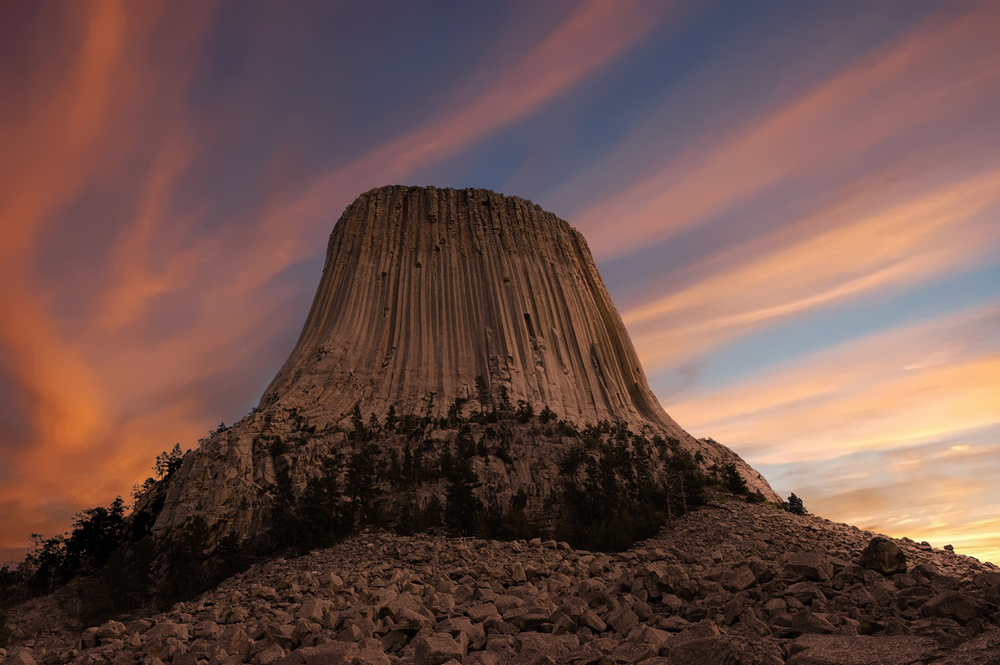
Thunder Basin National Grassland
Covering more than half a million acres, Thunder Basin National Grassland is one of the largest areas of grassland in the US and features the sort of wide-open prairies that earned Wyoming the nickname “cowboy country”.
Wildlife in the area includes animals like badgers, bats, black-tailed prairie dogs, cotton tails, coyotes, deer, foxes, jackrabbits, pronghorn, rats, squirrels, and more than 100 species of birds.
It is also widely used by ranchers and conservationists, so you can never quite tell what type of animal you will see next.
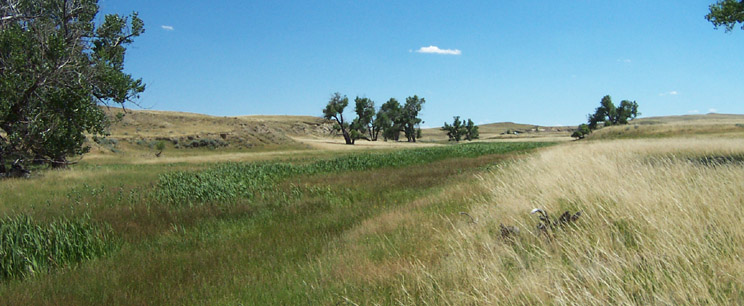
Bighorn National Forest
A 1.1-million-acre forest in the Bighorn Mountains, its elevation of over 5,000 feet provides the opportunity to enjoy some stunning views of the wilderness. It is also one of the oldest protected forests in the United States.
The forest’s most famous attraction is the Medicine Wheel National Historic Landmark. Made of white limestone and 80ft in diameter, this sacred ceremonial location of the Native American people dates back over 10,000 years.
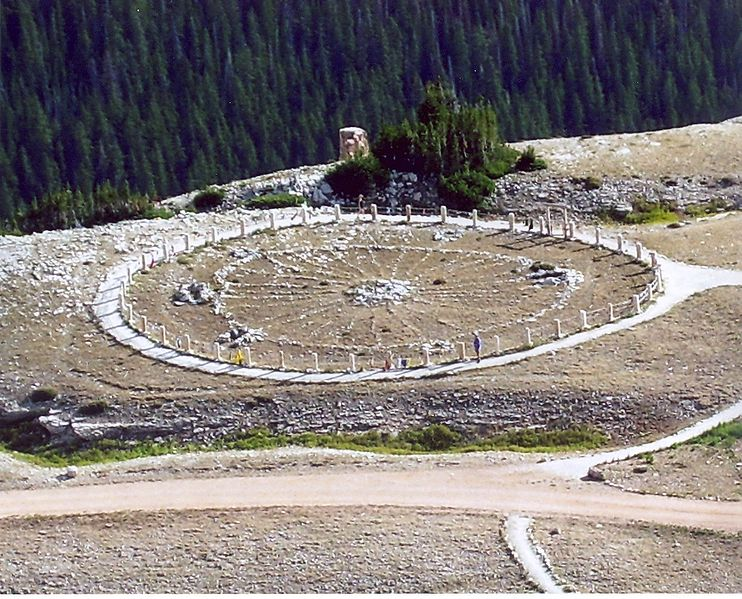
Cody
Named after famed Colonel Buffalo Bill Cody, the town is known as the “Rodeo Capital Of The World”. Throughout the summer, the Cody Night Rodeo takes place every night, while the largest rodeo in America, the Cody Stampede Rodeo, occurs over the 4th of July weekend.
You also have the Buffalo Bill Center Of The West museum complex to explore.
Considered the most comprehensive museum complex dedicated to the old west, as well as being listed among America’s most remarkable museums, it is a fabulous place to soak up the history of the region on your own wild west adventure.
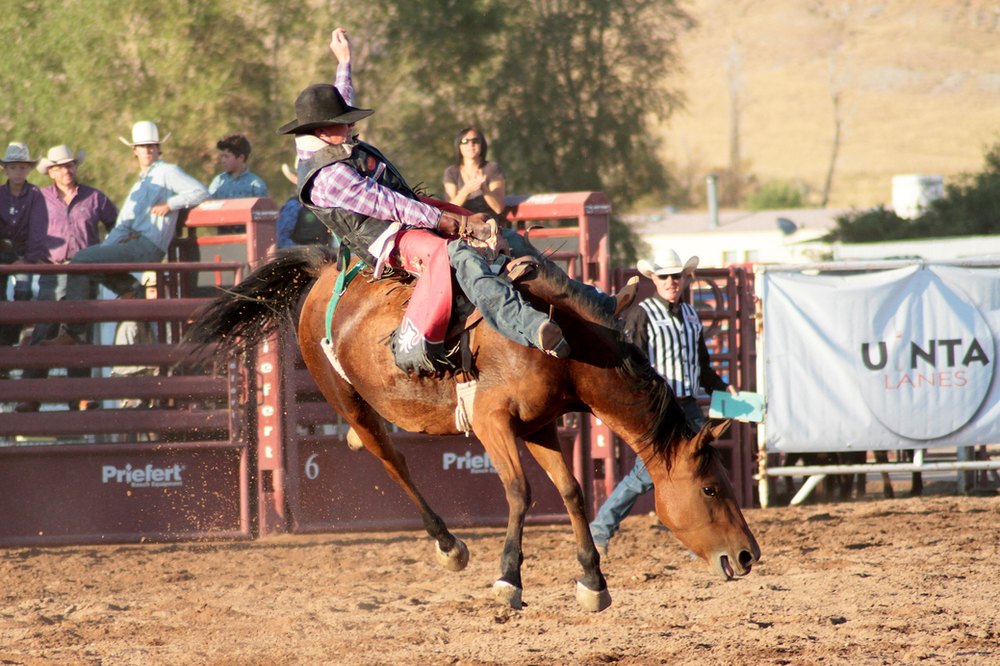
Yellowstone National Park
Yellowstone National Park is the oldest and one of the largest national parks in America.
Full of stunning wildlife, iconic locations, unique attractions, and views that will take your breathe away, it is no surprise it is visited by millions of people each year, despite the remote location and the effort it takes to get to.
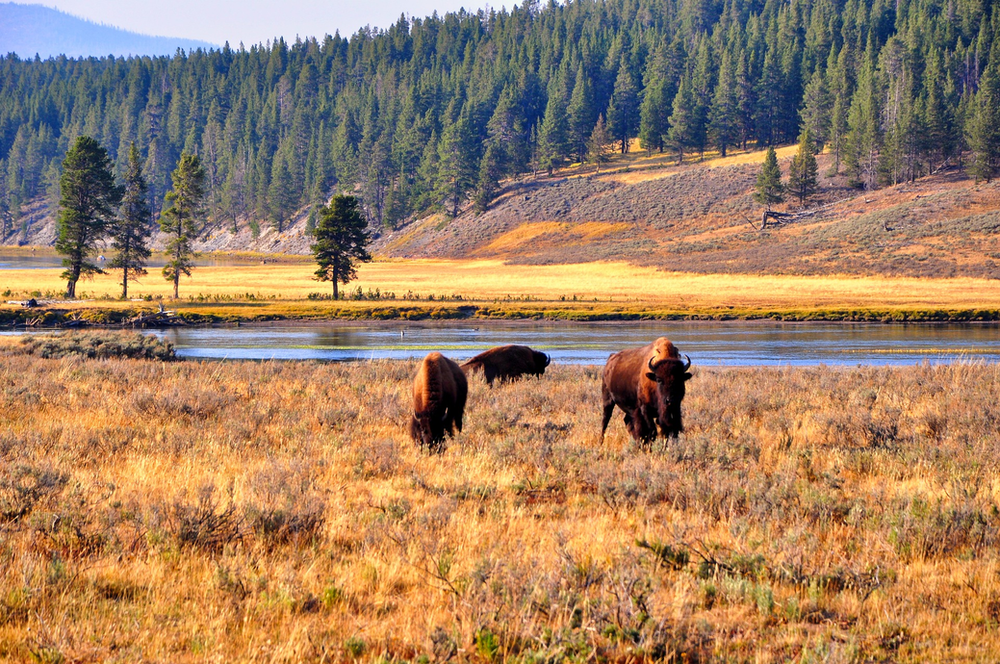
Conclusion
A road trip from Mount Rushmore to Yellowstone National Park truly takes you through one of the most incredible parts of America.
As if your start and end locations weren’t impressive enough, the sheer quality and quantity of attractions you will encounter along the way will compete with anywhere else in the country.
So, while you could potentially try and fly and save yourself a little time, you would be missing out on an incredible wealth of experiences. That’s why I truly believe a road trip is the only way to experience this often overlooked part of the United States.
Recent Posts
Subscribe to get exclusive updates
Contact Us
We will get back to you as soon as possible.
Please try again later.
All Rights Reserved | by The Open Road Travel
